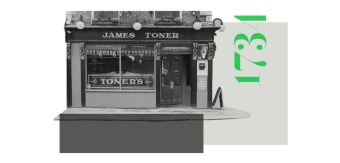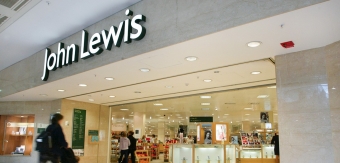The fusion of sustainability and brand identity has been a subtle but crucial pivot point for a while now, but it doesn’t come naturally for everyone. How, for example, is a company that relies on fossil fuels meant to promote itself as a sustainable brand without coming across as hypocritical at best?
For many creative brands, however, ingeniously integrating sustainability into their core has proven not only beneficial but legitimately transformative.
Embracing Sustainability
Sustainability branding is a holistic approach to brand identity management that covers everything from product design and supply chain management to marketing, and corporate social responsibility. It's a move towards creating a brand image that resonates with the growing consumer base concerned about environmental, social, and governance (ESG) standards.
The Essence of Sustainability Branding
Sustainability branding goes beyond token gestures or greenwashing. It’s a commitment to reducing environmental footprints, prioritizing social responsibility, and shaping business strategies with a long-term vision. Here’s why it matters:
Differentiation: Sustainable brands stand out in the market. They resonate with environmentally conscious consumers who seek products and services aligned with their values.
Trust and Reputation: By integrating green practices, companies enhance their reputation and build trust. Consumers appreciate brands that prioritize positive impact over profit.

Positive Impact: Sustainability branding contributes to a greener future. It’s not just about marketing; it’s about making tangible changes that benefit the planet.
Green Purpose and Brand Values: A sustainable brand defines clear values that prioritize social responsibility. These values guide decision-making and shape the brand’s identity.
Robust Sustainability Strategy: Companies need a comprehensive plan that addresses environmental, social, and economic issues. This roadmap integrates green principles into core operations.
The Impetus Behind Sustainability Branding
The shift towards sustainability branding stems from a changing consumer landscape. A significant portion of global consumers now considers sustainability a key factor in their purchasing decisions. This consumer awareness is pushing brands to adopt practices that are not only environmentally friendly but also socially responsible and economically viable.
Real-world Examples of Sustainability in Brand Identity
Several brands have risen to the forefront of this movement, each taking unique approaches to weave sustainability into their identity:
Patagonia
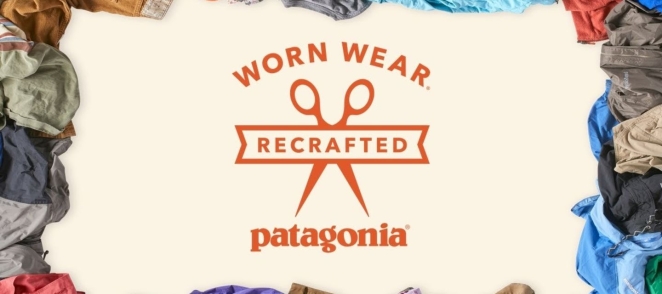
Patagonia promotes its commitment to the environment through initiatives like the Worn Wear program, which encourages the repair, reuse, and recycling of garments, embodying the principles of the circular economy.
IKEA
IKEA demonstrates its dedication to sustainability through its take-back program, circular services, and investment in sustainable materials, making strides towards a circular economy.
Nike
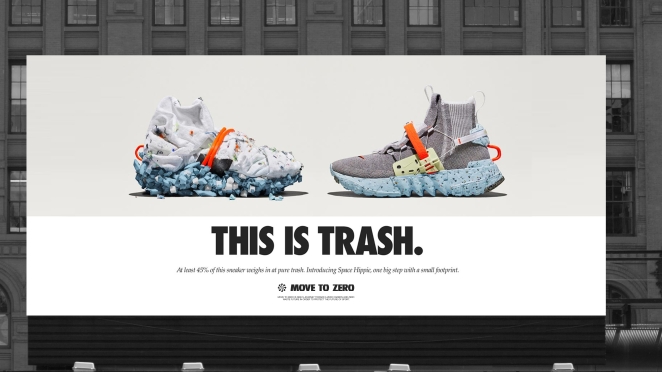
Nike has shifted toward sustainable practices, using recycled materials and reducing waste. Their “Move to Zero” initiative aims for zero carbon and zero waste. Nike proves that even large corporations can pivot toward sustainability.
Lush
Lush, known for handmade cosmetics, champions ethical sourcing, minimal packaging, and cruelty-free products. Their brand identity reflects a commitment to people, animals, and the planet.
Starbucks
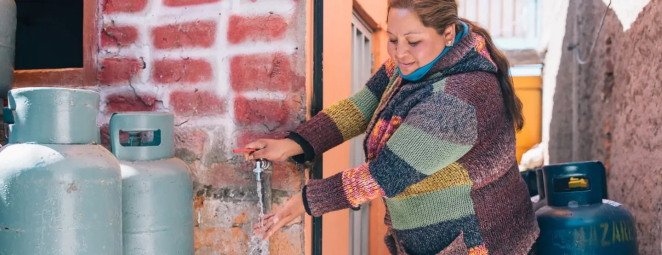
The iconic coffee giant, Starbucks, has firmly established itself as a leading eco-friendly brand. From ethically sourced coffee beans to recyclable cups, Starbucks demonstrates a commitment to sustainability. Last year the brand went a step beyond, announcing over $50 million in planned investments to advance its ambitious target to cut its water and waste footprints in half by 2030.
Beyond Meat
Beyond Meat has revolutionized the plant-based meat industry. Their branding emphasizes environmental stewardship, health benefits, and reduced carbon footprint. Their success lies in aligning their product with a larger purpose.
McDonald’s

As part of the fast-food brands pledge to meet its 2050 net zero target, McDonald’s recently commissioned WeWantMore to create a sustainable design for the dining areas in its French restaurants. The sustainable design of the restaurants significantly improves McDonald’s scores on the indicator with a focus on simplicity and disassembly. WeWantMore strived to simplify the material palette towards the use of monomaterials and the décor built for this restaurant model can easily be taken apart. Pieces are held together using mechanical fixings, instead of glue, so local teams can more effectively break restaurant features down by raw material type, with the goal of recycling or reusing. This process is more sustainable than the alternative because metals or woods treated with certain laminates or glues are not designed for re-use.
The Circular Economy: A Sustainable Strategy
The concept of a circular economy has gained traction among brands aiming to minimize waste and encourage reuse and recycling. This model not only benefits the environment but also offers economic advantages by reducing costs associated with waste management and raw material procurement.
Incorporating sustainability into a brand's identity is not merely about adopting green logos or marketing strategies but involves a deep-rooted commitment to sustainable practices across all operations. As consumer expectations evolve, the brands that succeed will be those that authentically integrate sustainability into their identity, ensuring a lasting positive impact on both society and the environment.



